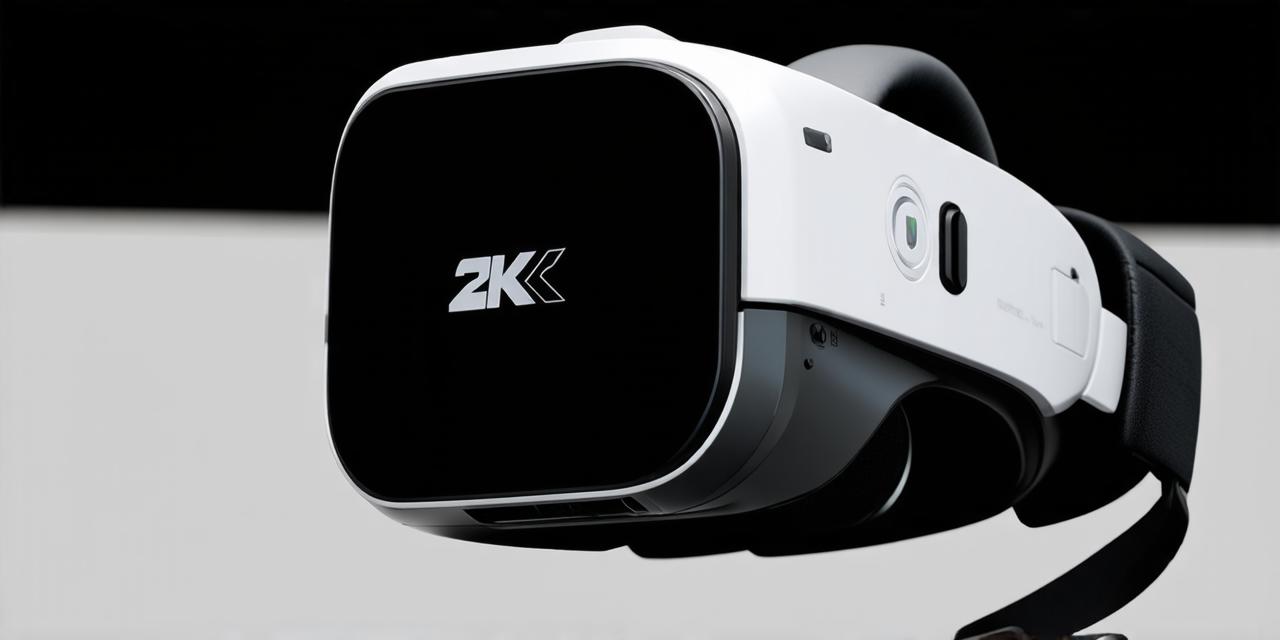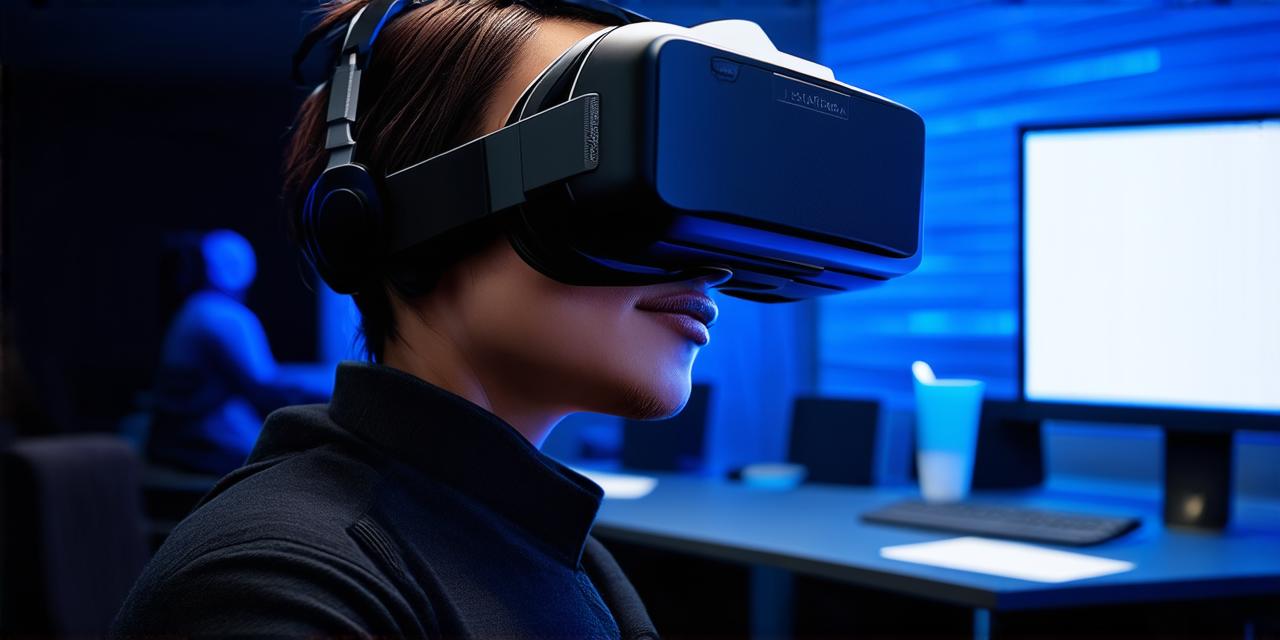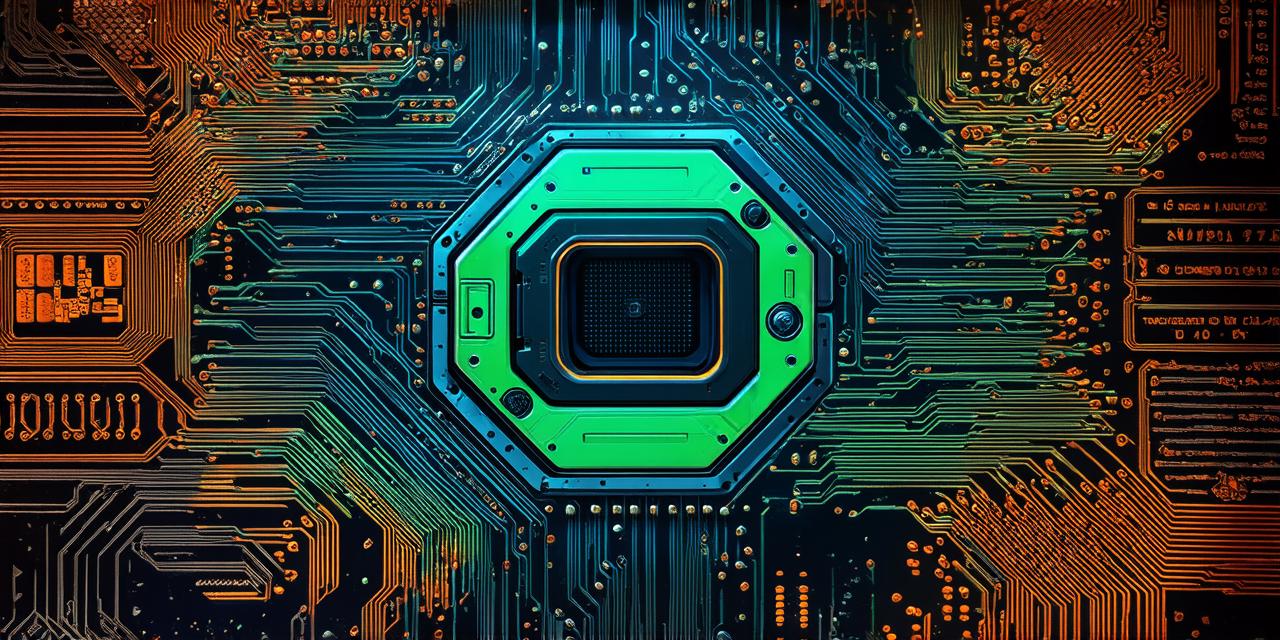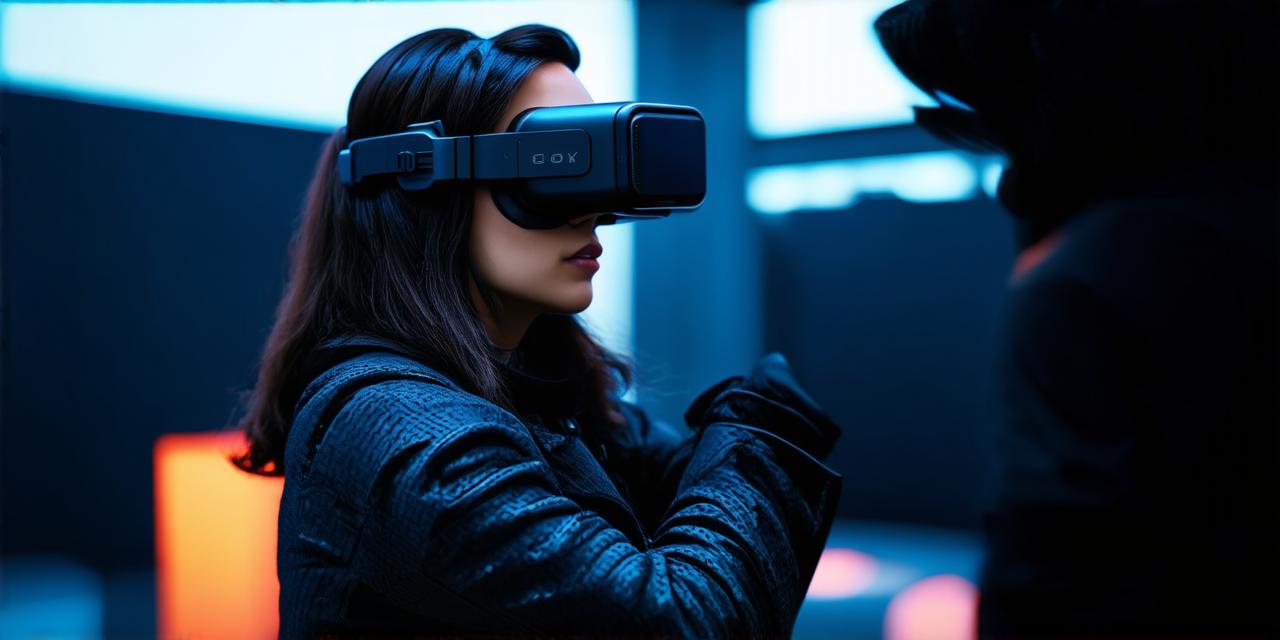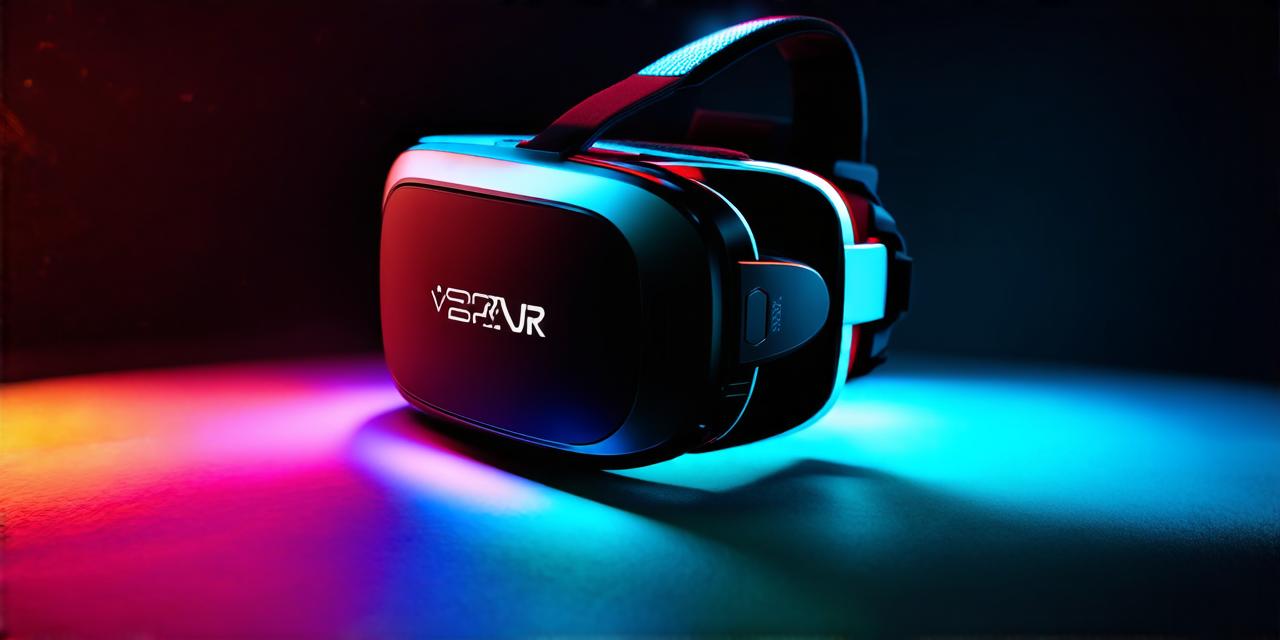Virtual reality (VR) is a rapidly growing technology that promises to revolutionize the way we interact with digital environments. One of the key components of VR headsets is their ability to generate three-dimensional views for users, allowing them to immerse themselves in virtual worlds and experience them as if they were real.
How does a Virtual Reality Headset Generate a Three-Dimensional View?
Virtual reality headsets generate a three-dimensional view by using a combination of sensors and algorithms to track the movement of the user’s head and adjust the images that are displayed accordingly. This process is known as stereoscopic display, where two slightly different perspectives are shown side by side, creating an illusion of depth.
Sensors such as accelerometers, gyroscopes, and magnetometers are used to track the user’s head movement and provide data about the direction and speed of the motion. This information is then fed into specialized algorithms that use mathematical models to calculate the position and orientation of the virtual objects in the scene based on the user’s movements.
The final step involves rendering the 3D images using sophisticated graphics processing units (GPUs) that are capable of generating high-quality stereoscopic displays. The GPUs use specialized algorithms to render the images in a way that creates the illusion of depth, and the resulting display is then projected onto the screens of the VR headset.
Why is 3D View Generation Important for Virtual Reality?
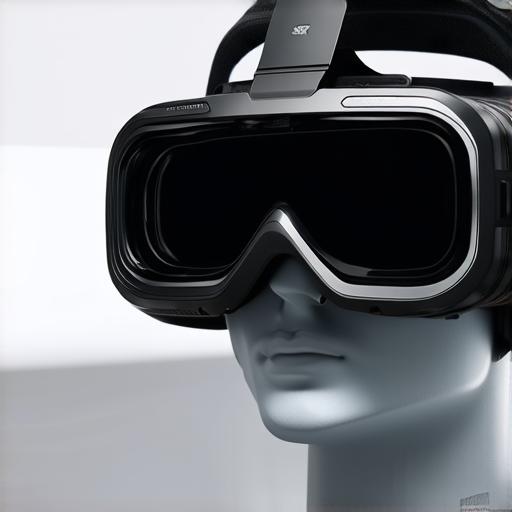
The ability to generate a three-dimensional view is crucial for virtual reality because it allows users to fully immerse themselves in the digital environment and interact with it as if it were real. This level of immersion has the potential to revolutionize industries such as gaming, education, and training by providing more realistic and engaging experiences that can enhance learning and improve performance.
For example, in the medical field, VR headsets are being used to simulate surgical procedures and allow doctors to practice and perfect their skills in a safe environment. By generating a three-dimensional view of the patient’s anatomy, the surgeon is able to better understand the relationships between different organs and tissues, leading to more precise and effective treatments.
Similarly, in the gaming industry, VR headsets are being used to create immersive and interactive experiences that allow players to engage with virtual environments in a way that was previously impossible. By generating a three-dimensional view of the game world, players are able to interact with objects and characters in a more natural and intuitive way, leading to more engaging and immersive experiences.
The Science Behind Stereoscopic Display
Stereoscopic display is the technology that underpins the ability of VR headsets to generate three-dimensional views. The principle behind stereoscopic display is based on the fact that our eyes perceive depth through the use of binocular cues, such as disparity and convergence.
Disparity refers to the slight difference in perspective that is seen when looking at an object from slightly different angles with each eye. Convergence refers to the tendency of our eyes to converge on a point in space as we focus on an object. By displaying two slightly different perspectives side by side, stereoscopic displays are able to create an illusion of depth that is similar to what we experience in the real world.
Case Studies and Personal Experiences
One example of a company that has successfully implemented stereoscopic display technology in their VR headset is Oculus. Their flagship product, the Oculus Rift, uses two high-resolution displays to create a stereoscopic image that is projected onto the screens of the headset. By tracking the user’s head movement and adjusting the images accordingly, the Oculus Rift is able to provide a highly immersive and realistic experience that has been widely praised by users and industry experts alike.
Another example of a company that has successfully implemented stereoscopic display technology in their VR headset is HTC.
